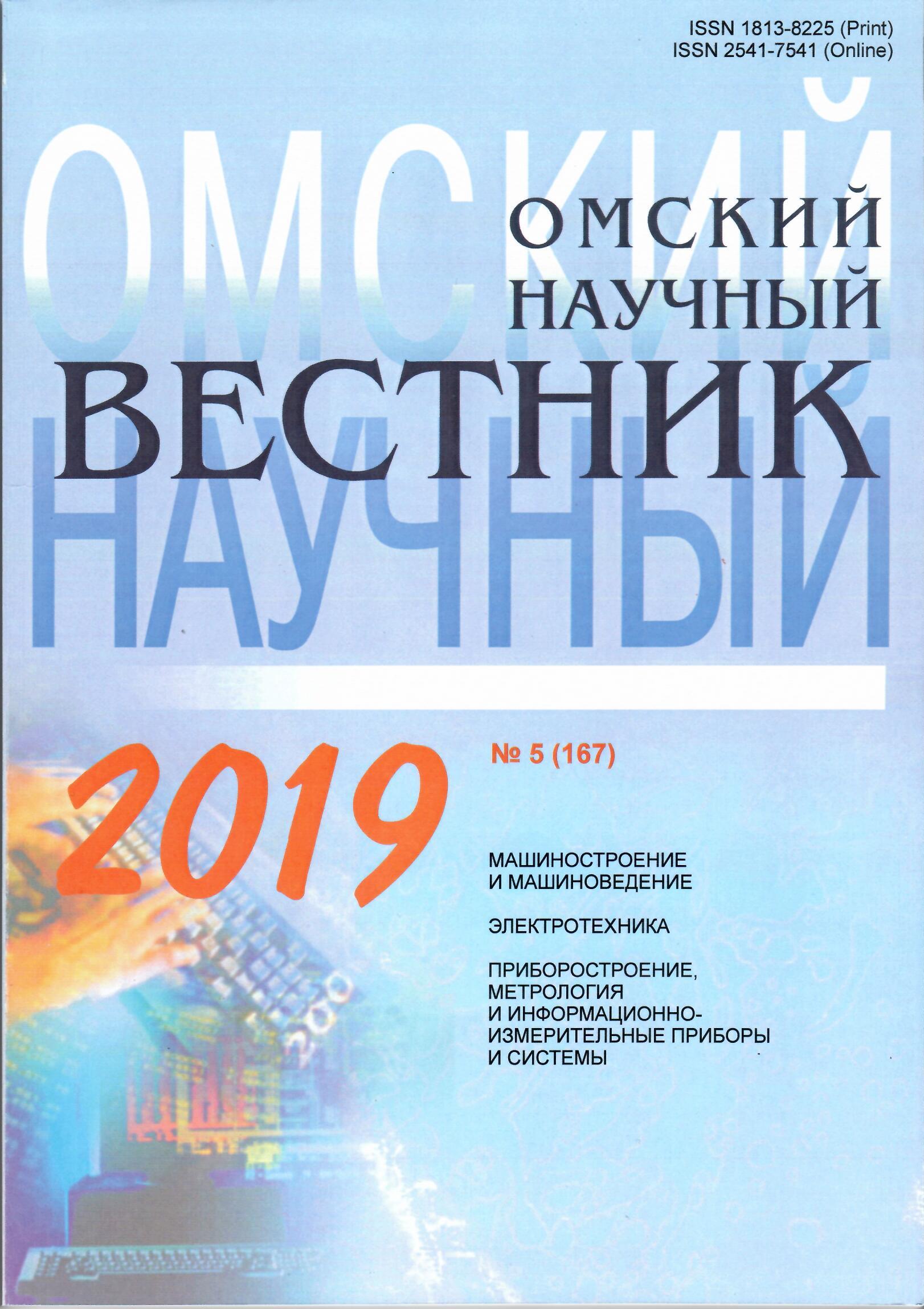Numerical calculation of heat transfer coefficient in cooled crescent gap of self-lubricating bearing
DOI:
https://doi.org/10.25206/1813-8225-2019-167-15-20Keywords:
numerical method, heat transfer coefficient, physical experiment, self-lubricating bearing, cooling system, crescent gap, temperature fieldAbstract
The paper proposes methods for numerically and experimentally determining the heat transfer coefficient of a self-lubricating
bearing of a turbine unit brought to the surface of a crescent channel. The method of numerical research allows you to get the
criterion heat transfer equations that are necessary in engineering methods for designing self-lubricating bearing assemblies. The results of an experimental study allow us to evaluate the adequacy of the proposed numerical method. The discrepancy between the values of heat transfer coefficients obtained by a numerical method using the thermal energy model and as a result of experimental studies on average does not exceed 7%. A significant effect of the mass flow rate of the cooling medium on the heat transfer coefficient is revealed. The values of the heat transfer coefficient in the range of studies ranged from 12 to 85 W/m2K.
Downloads
Published
How to Cite
Issue
Section
License
Non-exclusive rights to the article are transferred to the journal in full accordance with the Creative Commons License BY-NC-SA 4.0 «Attribution-NonCommercial-ShareAlike 4.0 Worldwide License (CC BY-NC-SA 4.0»)




